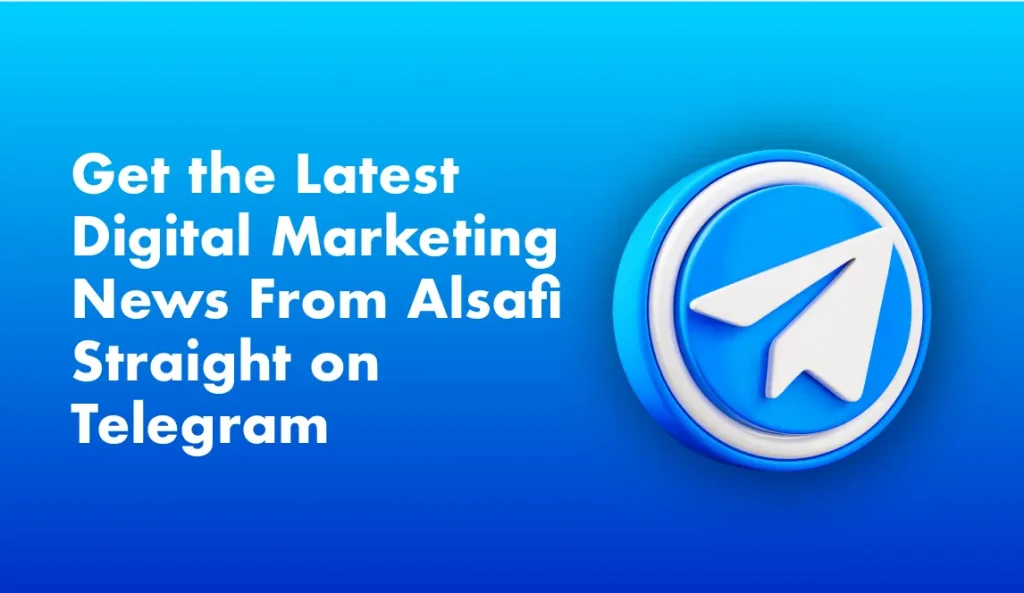Advertisers are increasingly questioning the effectiveness of their reliance on social media platforms and YouTube to reach their target audiences. Issues such as brand safety, declining return on investment (ROI), and shifting user behaviors are driving a reevaluation of digital advertising strategies. This shift comes as businesses seek to maximize their marketing budgets while addressing consumer expectations around privacy and content quality.
Challenges with Social Media and YouTube Ads
One of the primary issues facing advertisers on platforms like YouTube and social media is brand safety. High-profile incidents of ads being displayed alongside inappropriate or harmful content have led to growing concerns. This has not only tarnished brands’ reputations but also forced advertisers to rethink how and where their messages are delivered.
For example, YouTube has faced scrutiny for challenges related to maintaining a safe advertising environment. Despite efforts to mitigate these risks through stricter guidelines and advanced AI systems, many advertisers remain cautious about fully investing in the platform.
Another challenge is the low return on investment that some brands experience on these platforms. While social media offers significant reach, converting views and clicks into meaningful engagement or sales often requires considerable effort. Smaller businesses, in particular, may struggle to compete against larger advertisers with more resources, limiting their ability to achieve their marketing goals effectively.
Additionally, evolving user behaviors are reshaping the digital landscape. Privacy concerns and increased awareness about data collection practices have led users to be more selective about how they engage with online content. This trend is further complicated by changes in algorithms that often prioritize user-generated or native content over paid advertisements, diminishing the visibility of traditional ads.
Opportunities Beyond Social Media and YouTube
As these challenges persist, advertisers are exploring alternatives to ensure their messages reach the right audiences. Platforms like connected TV (CTV) and programmatic audio advertising are gaining traction as viable options. These channels allow marketers to deliver highly targeted messages in environments that often feel less cluttered than traditional social media feeds.
Moreover, investing in content marketing and building direct relationships with consumers can help brands bypass some of the limitations of social media and YouTube. Strategies such as email marketing, owned media, and community-building initiatives provide marketers with greater control over their messaging and engagement.
To learn more about this topic, check out our Understanding 2024 Social Media Benchmarks for Effective Marketing for deeper insights.
Implications for Middle Eastern Marketers
For marketing professionals in the Middle East, these trends present both challenges and opportunities. As the region continues to experience digital transformation, platforms like YouTube and social media remain key channels for reaching diverse audiences. However, a growing emphasis on privacy and content relevance underscores the need for alternative approaches.
Middle Eastern brands can explore niche platforms and localized content strategies that resonate more deeply with regional audiences. For example, investing in Arabic-language content or leveraging regional influencers can enhance authenticity and engagement. Additionally, marketers in the region should stay informed about global trends in digital advertising to adapt their strategies proactively.
Key Takeaway for Marketing Managers
Marketing professionals in the Middle East should diversify their advertising strategies to mitigate the risks associated with relying solely on social media and YouTube. Exploring emerging platforms, investing in high-quality content, and focusing on building direct relationships with audiences can help brands achieve sustainable growth.
By balancing traditional and alternative approaches, Middle Eastern marketers can navigate the evolving digital landscape while maintaining relevance and impact in their campaigns. Early adoption of innovative strategies can also provide a competitive edge in reaching increasingly discerning audiences.



